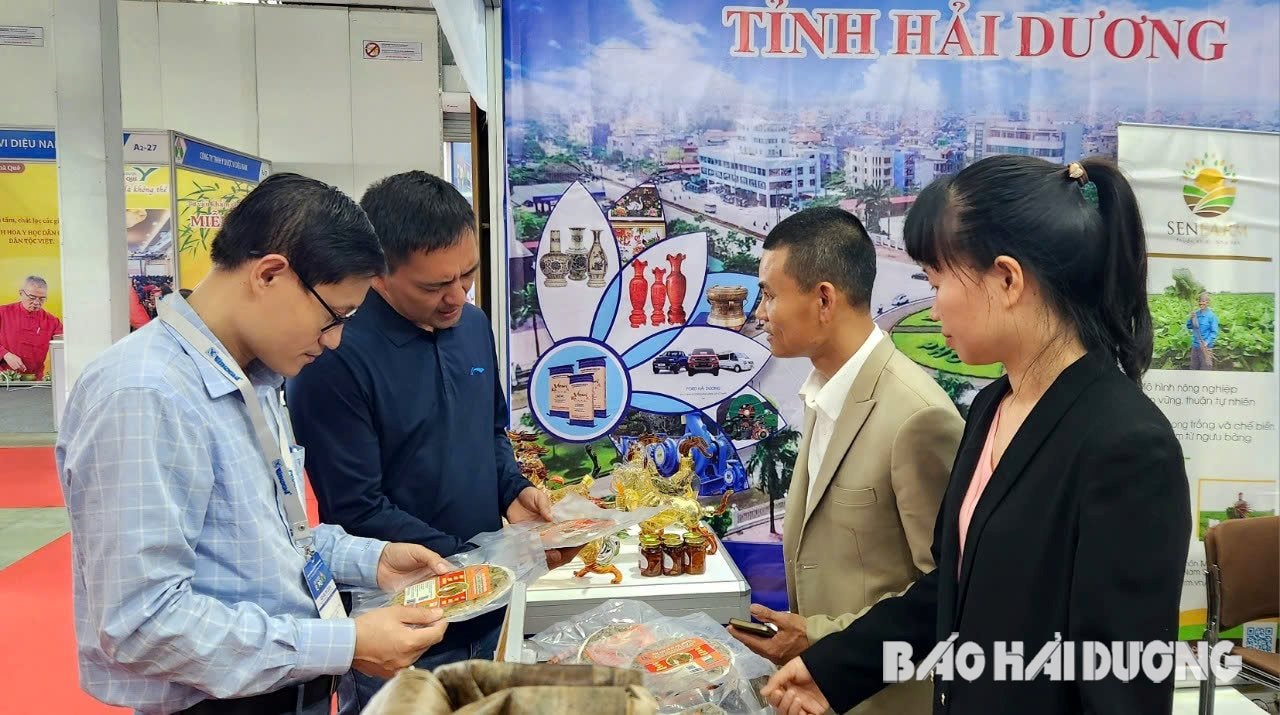
Footsteps leaving the village to the big city
For a long time, the people of Hai Duong , especially the areas bordering Hai Phong such as Kim Thanh, Thanh Ha, Kinh Mon, have had a deep economic and cultural connection with the port city. But it was not until about a decade ago that the rapid development of Hai Phong as a major industrial and service center created a strong flow of labor from Hai Duong to the "big city". This is not only a story of making a living, but also a journey of transformation in thinking, lifestyle and social adaptation.
Tam Ky Commune (Kim Thanh) is a vivid example. Located right next to An Hoa Ward (An Duong District, Hai Phong City), Tam Ky people go to work every day in Trang Due, An Duong, and Nomura industrial parks. The number of workers is about 1,500 people, accounting for more than 20% of the commune's population. With an average income of 8-10 million VND, some people earn up to several tens of millions per month, Tam Ky, from a purely agricultural commune, has "changed its skin" thanks to the wind of industrialization.
Not only working as factory workers, Tam Ky people also infiltrated the service and construction sectors - more flexible occupations but also requiring good social adaptability. Mr. Nguyen Van Khoa, the owner of a construction team in Ky Coi village, currently working in the Bac Song Cam urban area (Thuy Nguyen district, Hai Phong city) shared: "There is a lot of work, we work steadily, leaving in the morning and coming home at night. Life is much better than a decade ago." Construction teams like his not only bring labor from the countryside to the city but also learn skills, how to organize construction, and get acquainted with urban culture - something that was previously unfamiliar to them.
In Nai Dong village, also in Tam Ky commune, about 90% of the working-age population went to Hai Phong to work. The change is evident in the rows of spacious houses built close together. The villagers now no longer just "farm and stay at home" as before, but have become accustomed to working shifts, overtime, receiving monthly salaries, using electronic banking, and even traveling on holidays .
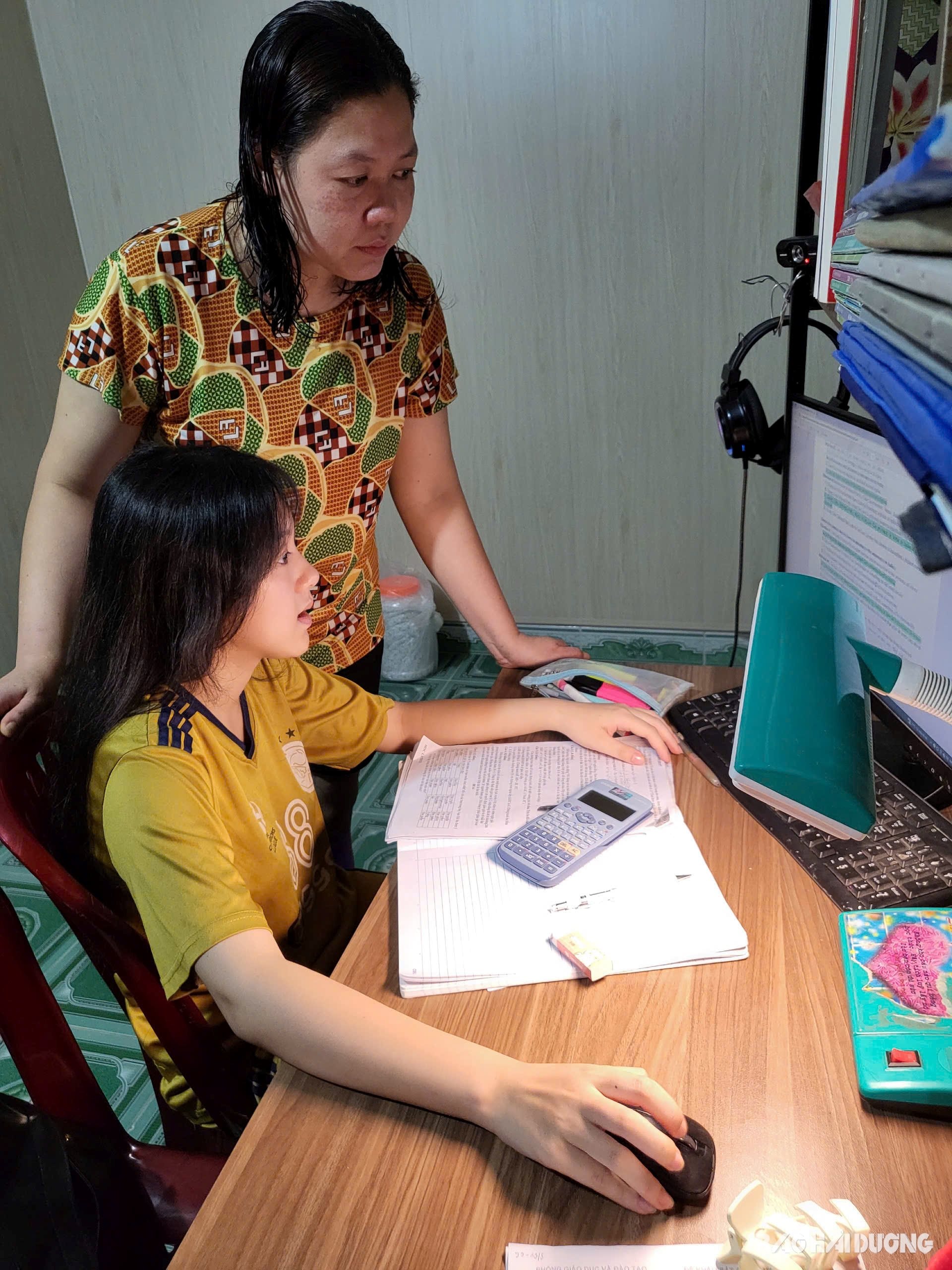
In particular, the adaptation does not only come from the young generation but also from the middle-aged generation. Women over 50 who used to grow vegetables and cook bran have now moved to Hai Phong to work as janitors and sellers. This shift shows that the adaptability of Hai Duong people is not only quick but also flexible according to age, needs and living conditions.
Changes in thinking and social connection
It is not difficult to realize that the shift from “village to city” not only changes the family economic structure, but also strongly transforms the way of thinking about life. If in the past, farmers only hoped to “eat well and dress well”, depending on the season, now they know how to calculate according to the market price, look for business opportunities, pay attention to the consumer market and even... invest in the future for their children.
A typical example is Mr. Luong Van Nam in An Quy village, Nguyen Giap commune (Tu Ky) - a rural area bordering Hai Phong, Thai Binh, Quang Ninh. Realizing the potential value of the earthworm - a specialty of the alluvial land, he not only raised earthworms but also processed them into earthworm patties, earthworm meatballs, and braised earthworms, building the Hai Nam brand and achieving 3-star OCOP certification. This proves a breakthrough in production thinking: not stopping at raw materials, but aiming at products with added value.
.jpg)
However, the change in thinking also comes with new demands. Mr. Nam said: “Massive development of earthworms without considering the output is not stable. It is necessary to plan production, have professional purchasing and processing enterprises”. That is the wish not only of Mr. Nam but also of many earthworm farmers here. When "going out to sea", farmers want to have a connection between agricultural production and modern supply chains - something that traditional farmers themselves can hardly do without the support and connection of the State.
In the Quy Cao area (Nguyen Giap commune) - where the population of Hai Duong and Hai Phong intersect - people have adapted to the fast pace of urban life, while also facing challenges in terms of security, order and social evils. However, since the regular police came to the commune, life has become more stable. This is also an example showing that the process of "going to the streets" is not simply a matter of geography, but also requires social management capacity - something that the government and people must learn to adapt to.
A funny saying by Mr. Pham Van Ngát, Head of Nai Dong village (Tam Ky commune) made many people laugh: "The villagers know the roads in Hai Phong better than the roads in Hai Duong". That saying clearly reflects the level of economic attachment, social communication and daily life of a part of Hai Duong people to the "big city".
From adaptation to integration
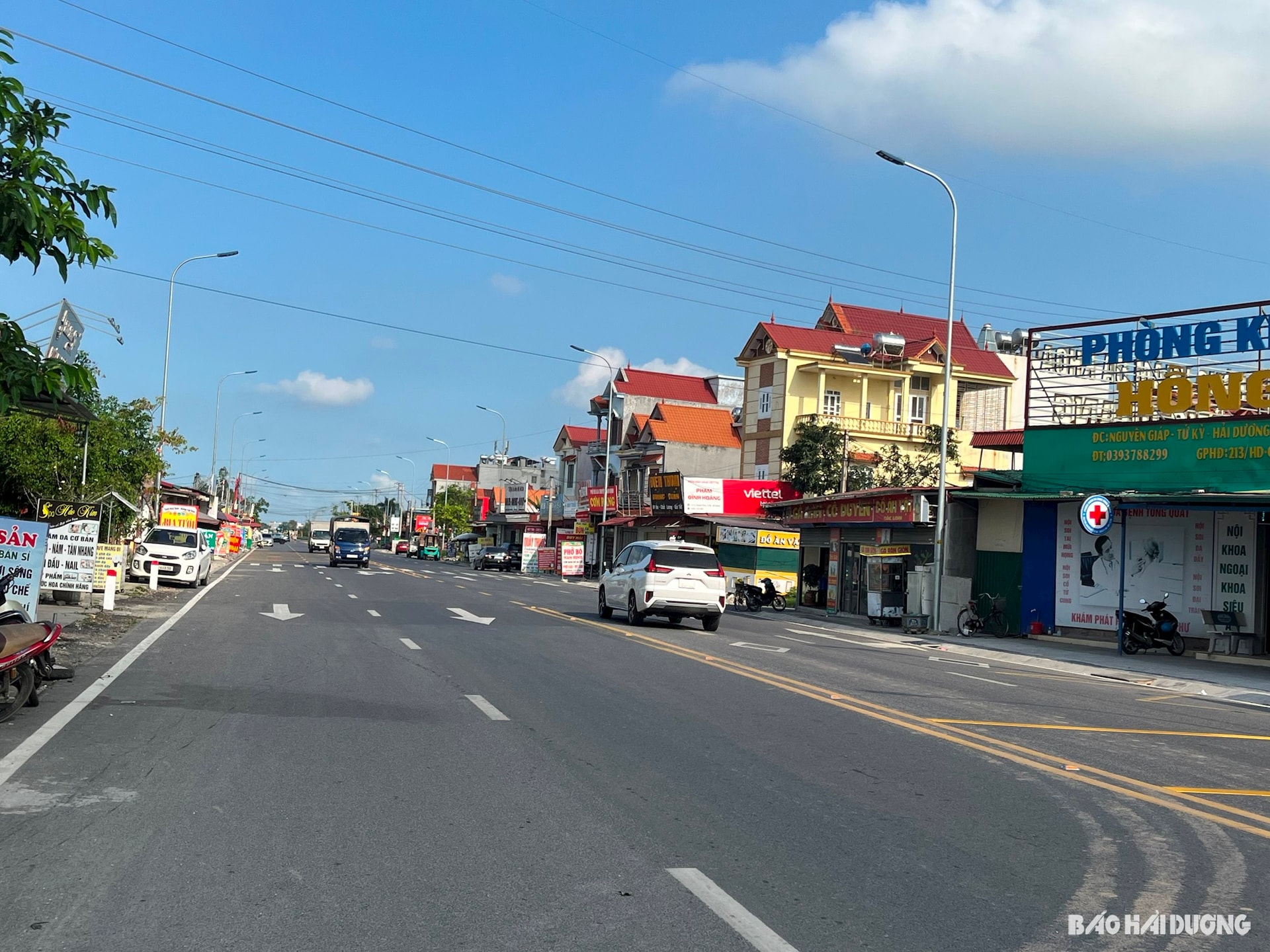
The merger of Hai Duong and Hai Phong is opening up a new prospect for people in the border areas. It is no longer simply “going to work on the main street”, but an opportunity for comprehensive integration: from institutions, infrastructure, services to social security.
The consensus rate when polling people in Tam Ky and Nguyen Giap communes was over 99%. This was not just a formal consensus, but a real expectation: people hoped that once they were “under one roof”, current problems would be thoroughly resolved – from traffic, land, planning, to quality of life.
Dr. Nguyen Tien Hoa, Chairman of the Hai Duong Province Construction Association, proposed the concept of “joint development” instead of just “merging boundaries”. According to him, the merger should not be an erasure, but a resonance of the strengths of the two regions: Hai Phong – industry, sea; Hai Duong – agriculture, fertile land. This meeting will shape a new development space: both dynamic and preserving identity.
A legitimate concern is whether rural people will lose their village culture and rural lifestyle when they “move to the city”. But reality shows that village culture – such as community cohesion, the nature of “helping each other in times of need”, studiousness and diligence – are still preserved. They bring those values to their workplace, to their boarding houses, to their construction sites. And from there, a “new urban culture” is gradually formed – where farmers are no longer hard-working, but are creative subjects.
The story of Hai Duong people “from village to city” is not simply an economic phenomenon, but a testament to the profound social transformation process: from agricultural labor to industry and services, from a closed lifestyle to integration, from a resigned mindset to proactive adaptation.
They go to the city not to leave their hometown, but to change their hometown – with the sweat, brains and hearts of determined people. And when the merger of Hai Duong and Hai Phong becomes a reality, this will be the driving force for the villagers to increasingly confidently enter the city – not only as employees, but also as dynamic residents of a common development space.
BANK OF THE DAY - HA KIENSource: https://baohaiduong.vn/tu-lang-que-ra-pho-lon-nguoi-hai-duong-thich-ung-the-nao-411631.html







![[Photo] Super harvest moon shines brightly on Mid-Autumn Festival night around the world](https://vphoto.vietnam.vn/thumb/1200x675/vietnam/resource/IMAGE/2025/10/07/1759816565798_1759814567021-jpg.webp)



















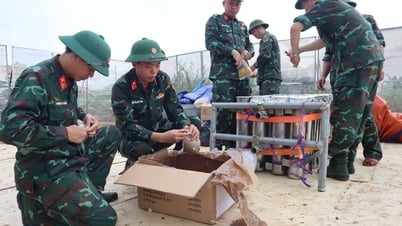


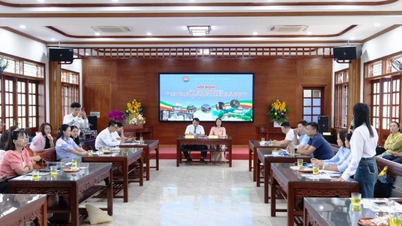








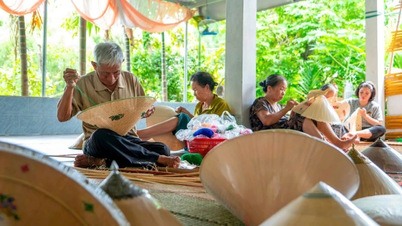






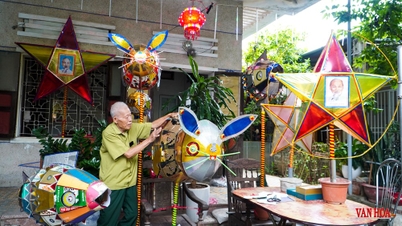






































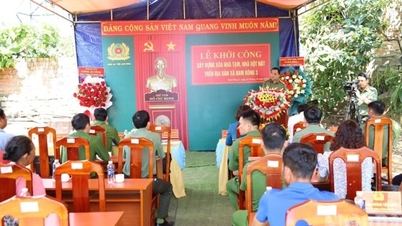




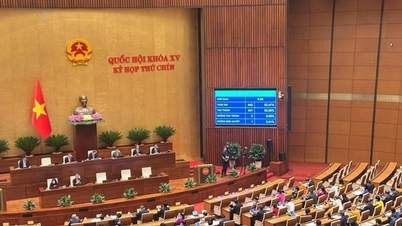





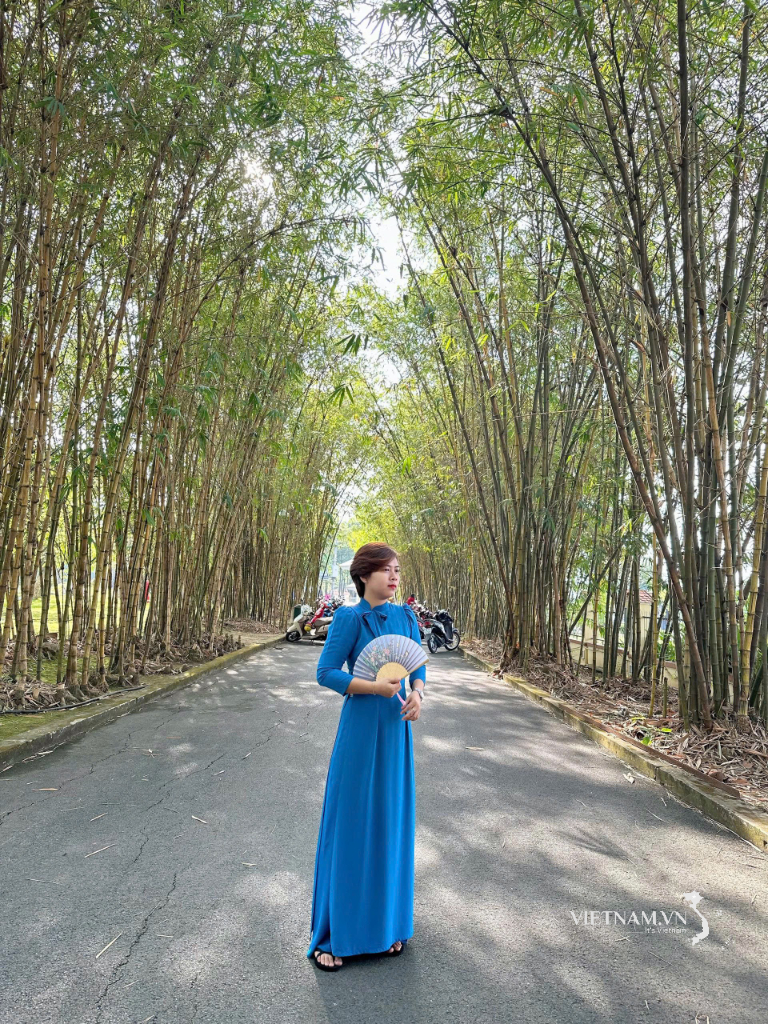

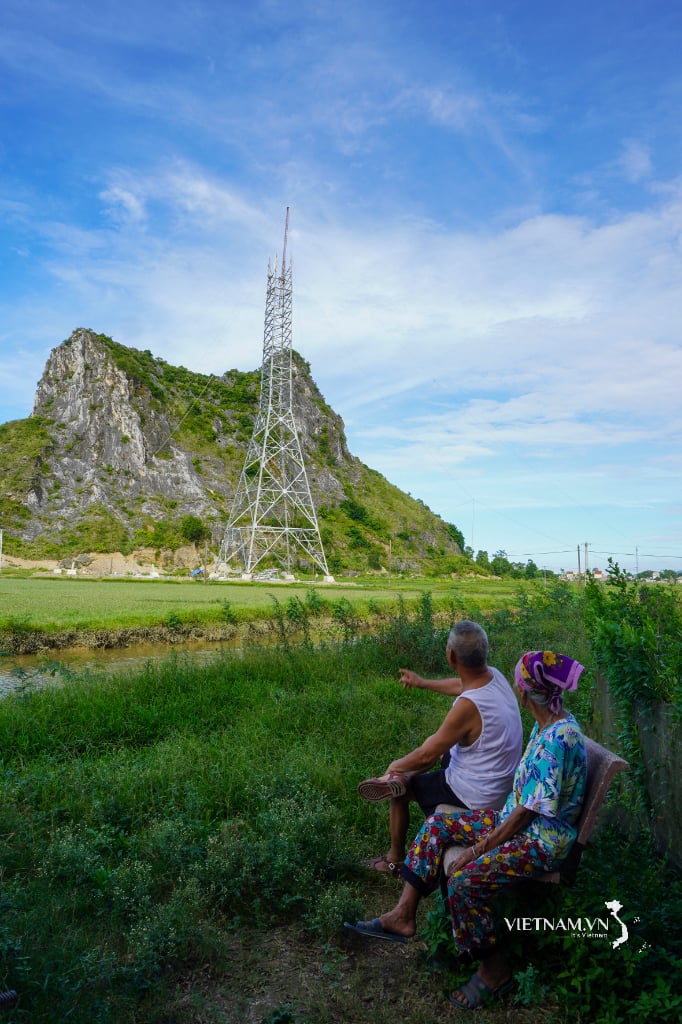
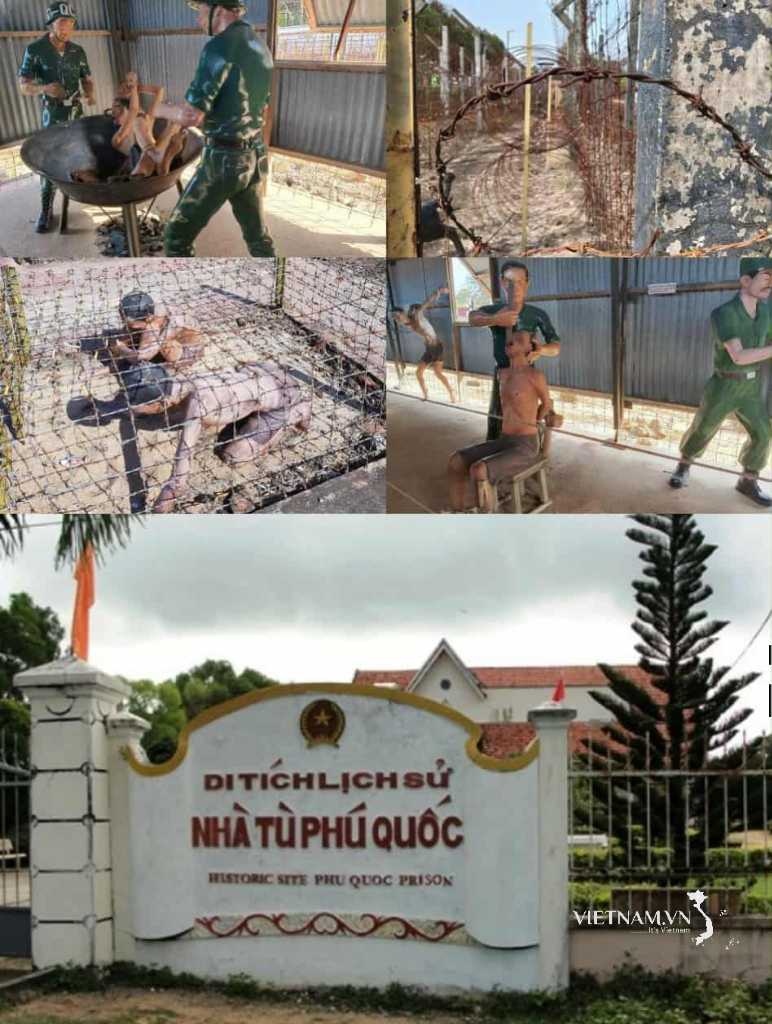
Comment (0)